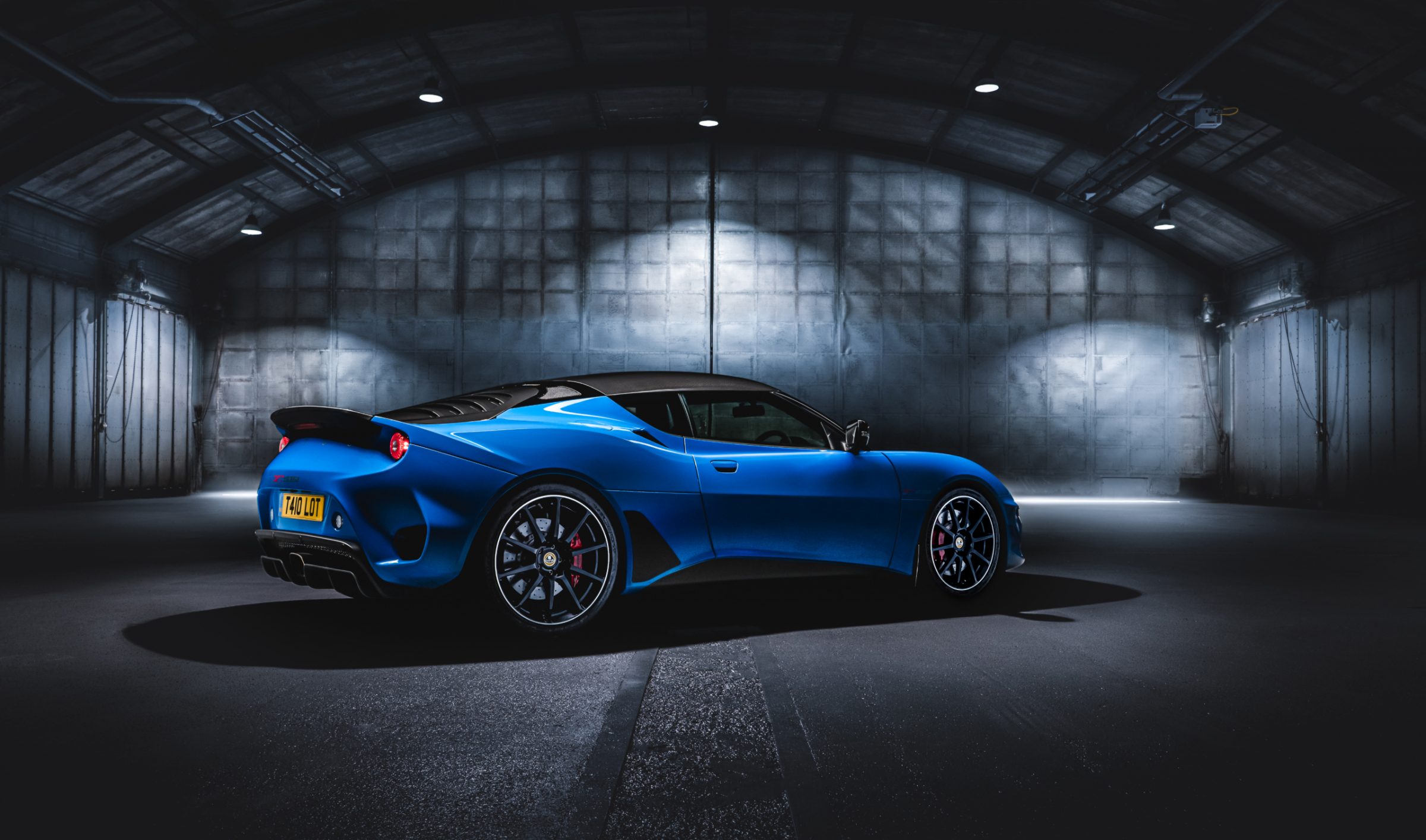A new kind of Lotus for a new kind of driver, the Evora combined furious power and responsive handling with touring-optimised comfort and practical lifestyle features.
Drive
without
compromise
The Lotus Evora was designed from the ground up to be a true supercar. Combining track-bred performance with more luxurious in-car comfort and striking design, the Evora aimed to beat the prestigious German and Italian brands at their own game.
The Lotus Evora was initially developed under the code name ‘Project Eagle’, and launched in 2008 at the British International Motor Show. The name Evora was created from the words evolution, vogue, and aurora and would come to define the car’s out-of-this-world presence and performance.
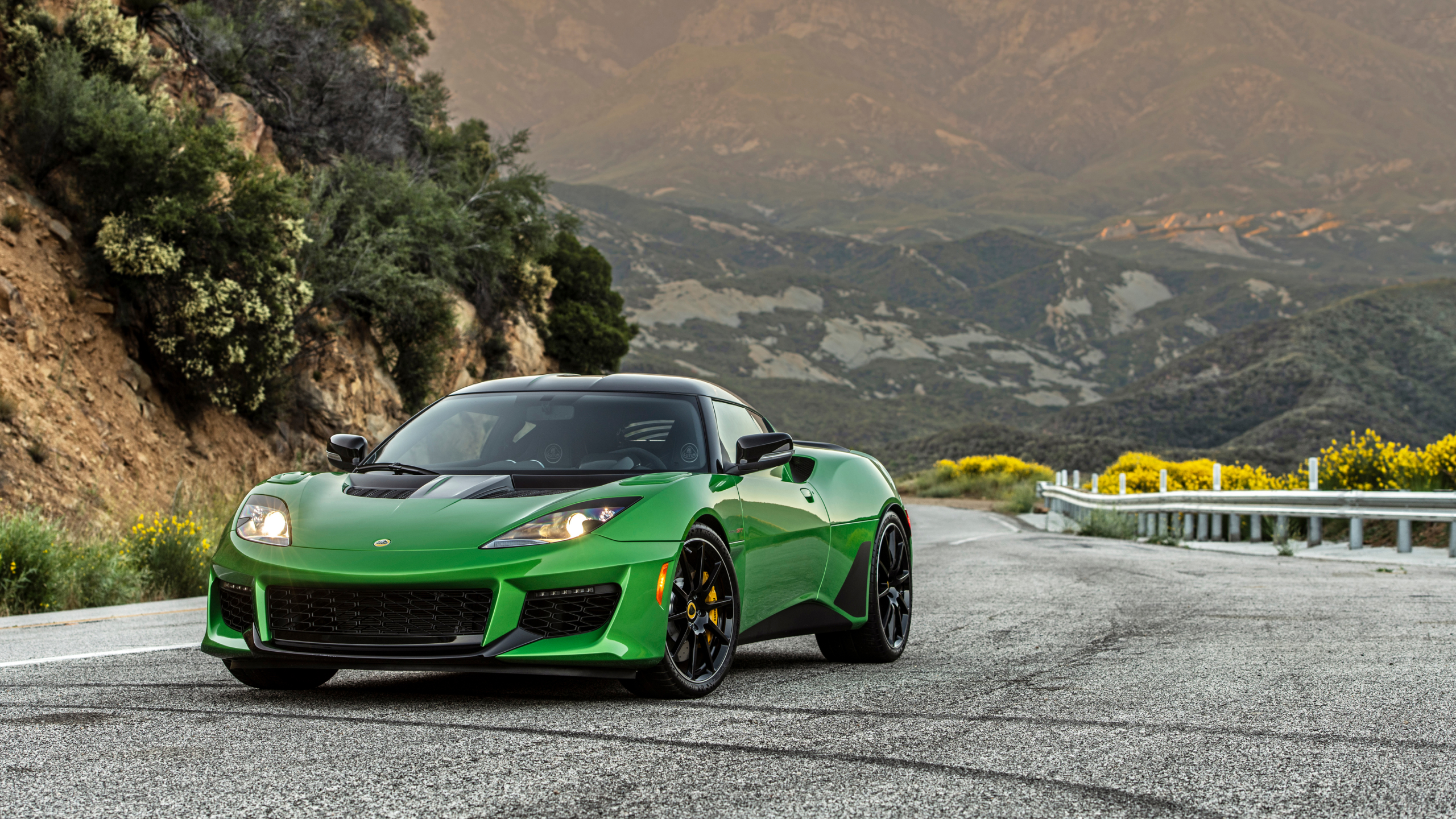
Light &
agile
The Lotus Evora debuted a brand-new vehicle platform, in contrast to the Exige and Europa’s use of the Lotus Elise chassis. There were initially plans for three vehicles to use this platform, but the Evora was the only one to see the light of day.
Designed by Russell Carr, the Lotus Evora introduced a sleeker, more refined design language that was still unmistakably Lotus. The wraparound windscreen and side windows created a ‘visor’ image, reducing the visual length of the spacious cabin. The front grille curved up into a slight smile, creating a menacing yet likeable profile.
Underneath the sleek bodywork, the Lotus Evora was powered by a transversely mounted Toyota 3.5-litre 24-valve 2GR V6 engine. It was available with a choice of six-speed manual or automatic transmission with “Intelligent Precision Shift”, both manufactured by Aisin. Hydraulic power steering added to a nimble drive feel, despite the Evora’s increased weight in comparison to the Elise.
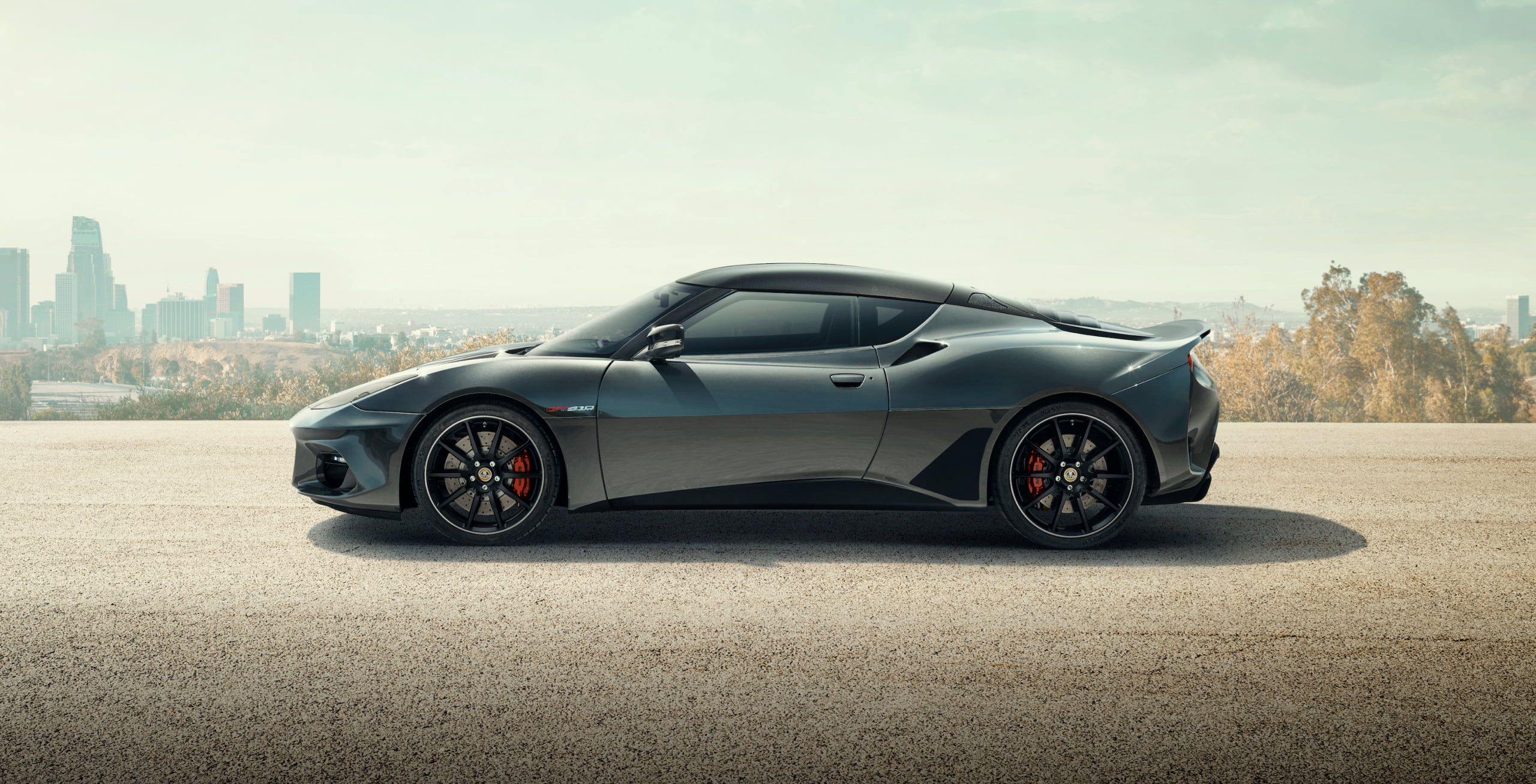
The unique Evora chassis design combined an exceptionally lightweight aluminium tub with a heavier steel rear sub-frame that housed the drivetrain. This design cleverly employed proprietary 6000 Series alloy extrusions, bonded with an epoxy adhesive then riveted together to maximise torsional rigidity. The double-wishbone suspension was made from forged aluminium, with high-performance gas dampers made by Bilstein and Eibach coaxial coil springs
The chassis design meant that the Lotus Evora had a near-perfect 50:50 weight distribution. This enabled it to deliver nimble and responsive handling and superb agility. The standard model had a top speed of 163 mph with a 0–60 mph time of just 4.8 seconds.
Until the launch of the Lotus Eletre, the Evora was the only Lotus car with two rear seats, although it was also available in a two-seat configuration. The boot was also relatively large by Lotus standards, with room for a set of golf clubs or weekend luggage.
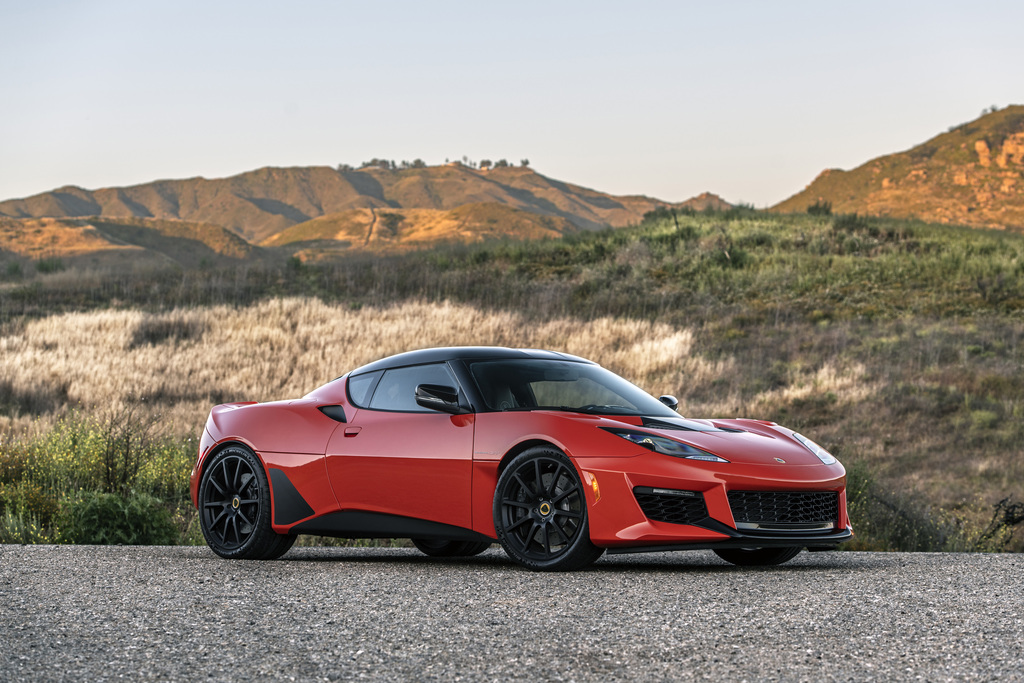
Stats
Year of production: 2009-2021
Volume: Approx. 10,497
Engine: 3.5 L Toyota 2GR-FE V + 3.5 L Toyota 2GR-FE supercharged V6
Power output: 416 bhp 422 PS / 321 kW @7000 rpm
Transmission: 6-speed manual or automatic, with gearbox cooler
Weight: 1,408 kg
Special
editions
EVORA GT410 SPORT
The Evora GT410 Sport added further motorsport-grade refinements to the standard Evora configuration, intelligently adapted for road use. Available in two- and four-seat versions with a choice of six-speed manual or paddleshift automatic transmissions, the driver could specify their car for enhanced GT comfort or greater track focus. The special touring suspension package was complimented by Michelin Pilot Sport 4S tyres and a revised front bumper with integrated air blades – adding up to 96 kg of downforce at 190 mph.
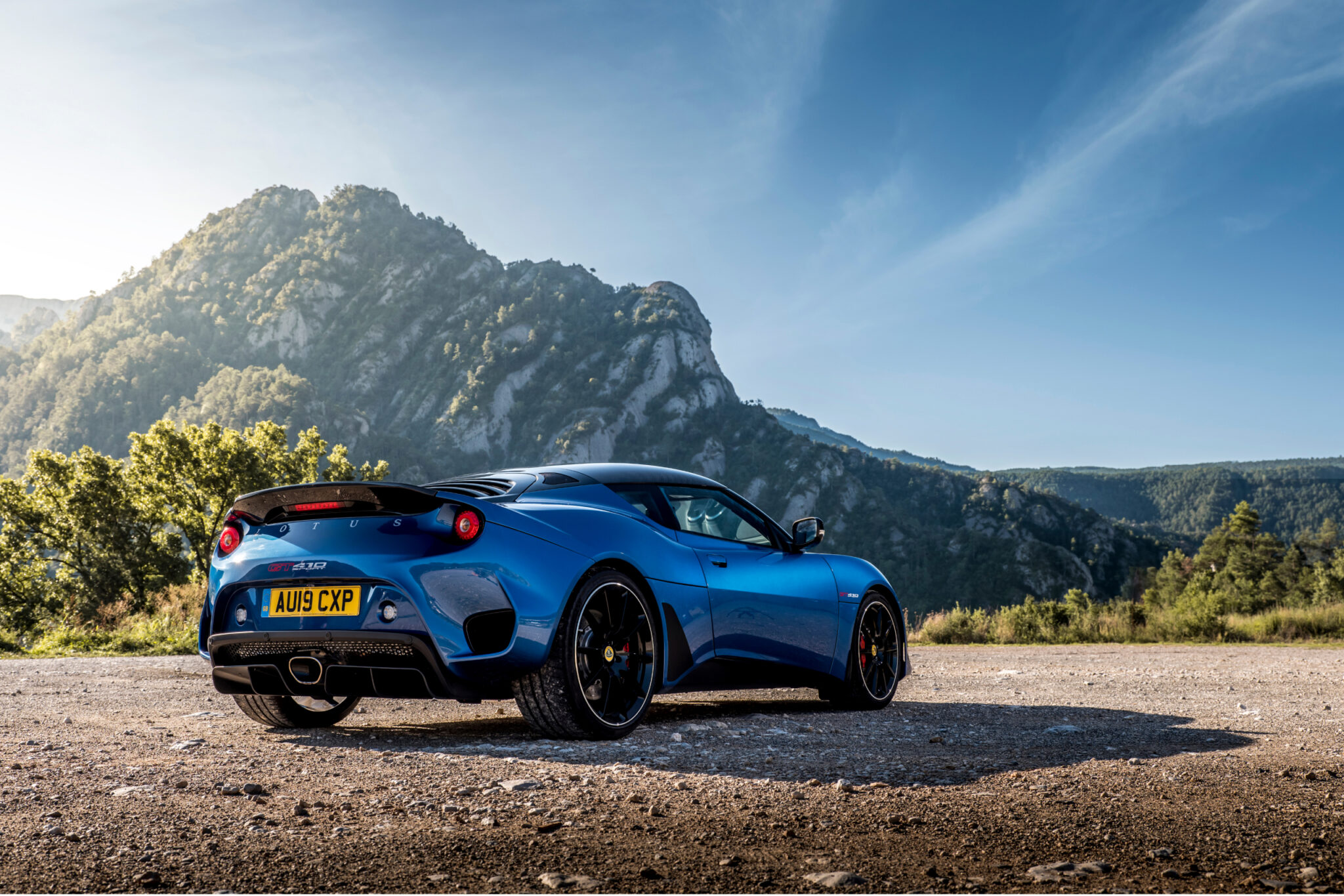
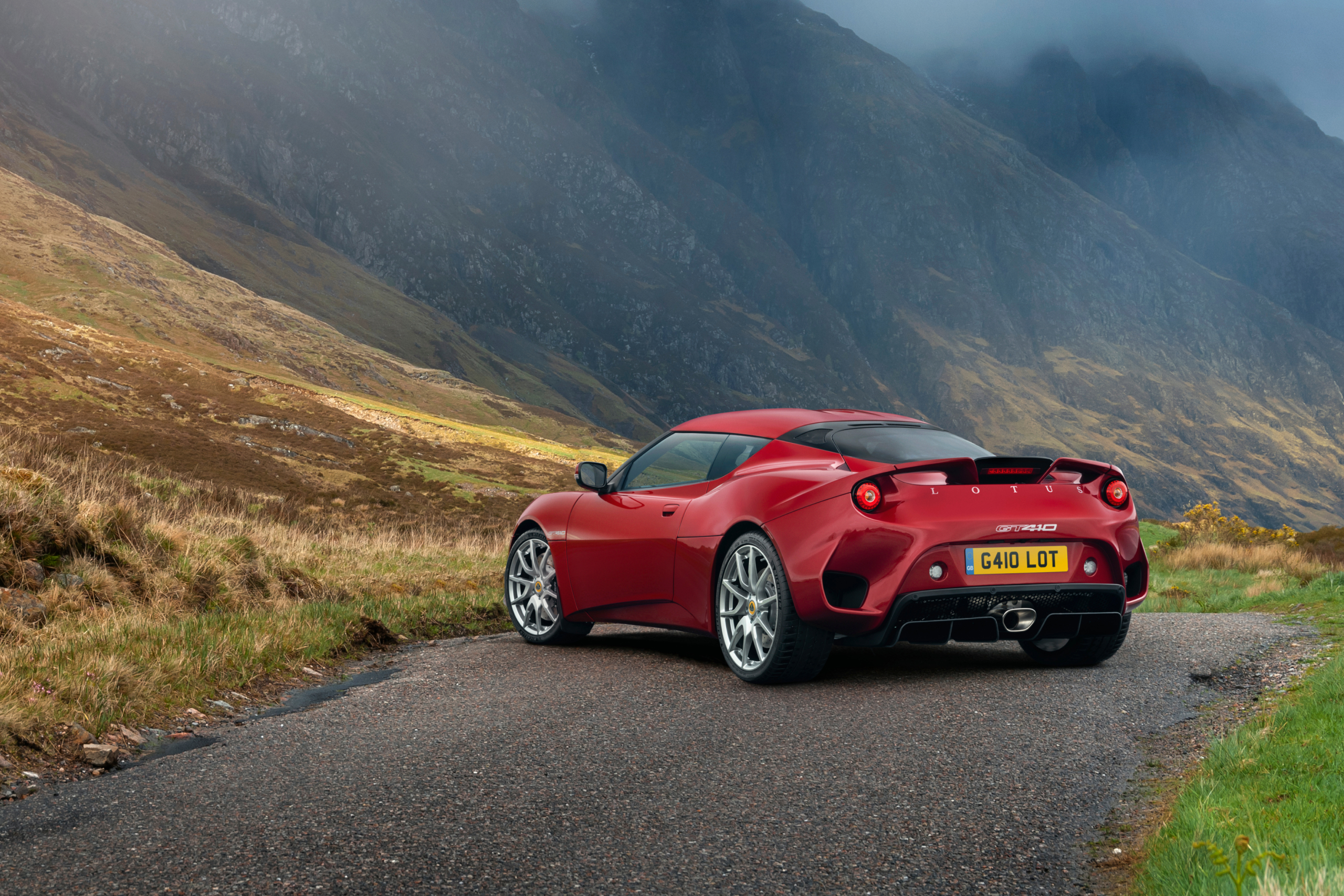
EVORA GT410
The Lotus Evora GT410 enhanced the EVora GT410’s performance-oriented configuration, with numerous features designed to improve everyday comfort and usability. The revised damper rate created a more compliant ride and Michelin Pilot Sport 4S all-weather tyres ensured year-round driveability. Inside the cabin, Sparco sport seats and air conditioning created a more premium feel, while a reverse-view camera and Apple CarPlay integration bolstered the technological specifications.
EVORA GT
Revealed in 2020, the Lotus Evora GT was the fastest and most powerful road car Lotus has produced to date, with a top speed of 188 mp and 0–60 mph time of just 3.8 seconds. The Lotus Evora GT featured an upgraded 3.5 litre supercharged V6 engine producing 430 horsepower, a carbon fibre body, and a sport-tuned suspension system. The Evora GT also included a full interior revamp, featuring carbon fibre detailing throughout and improved ergonomics for the driver and passenger.
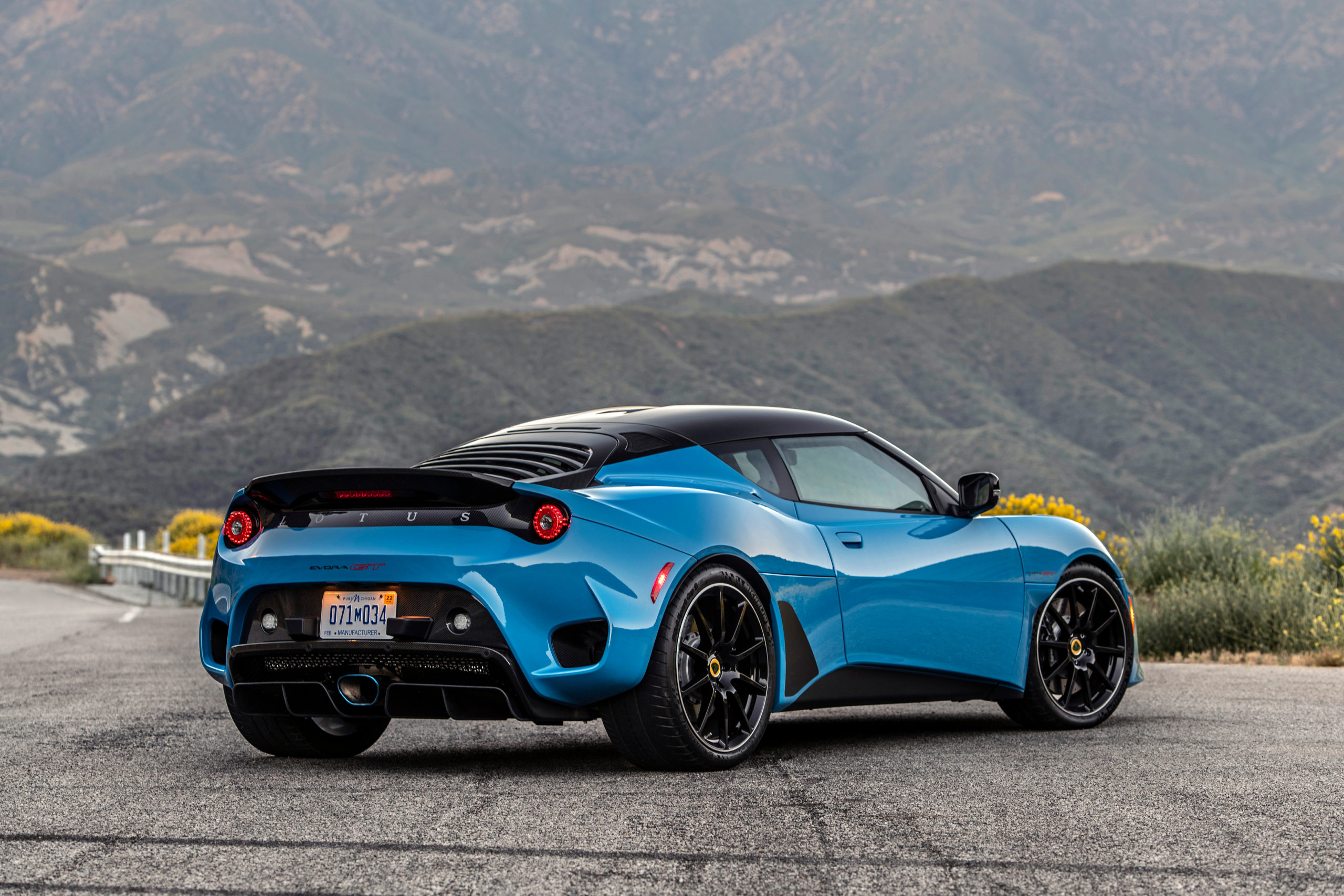
THE FUTURE
IS HERE

ELETRE
The all-new and all-electric, Hyper-SUV. It takes the core principles and Lotus DNA from almost 75 years of sports car design and engineering, evolving them into a desirable all-new lifestyle car.
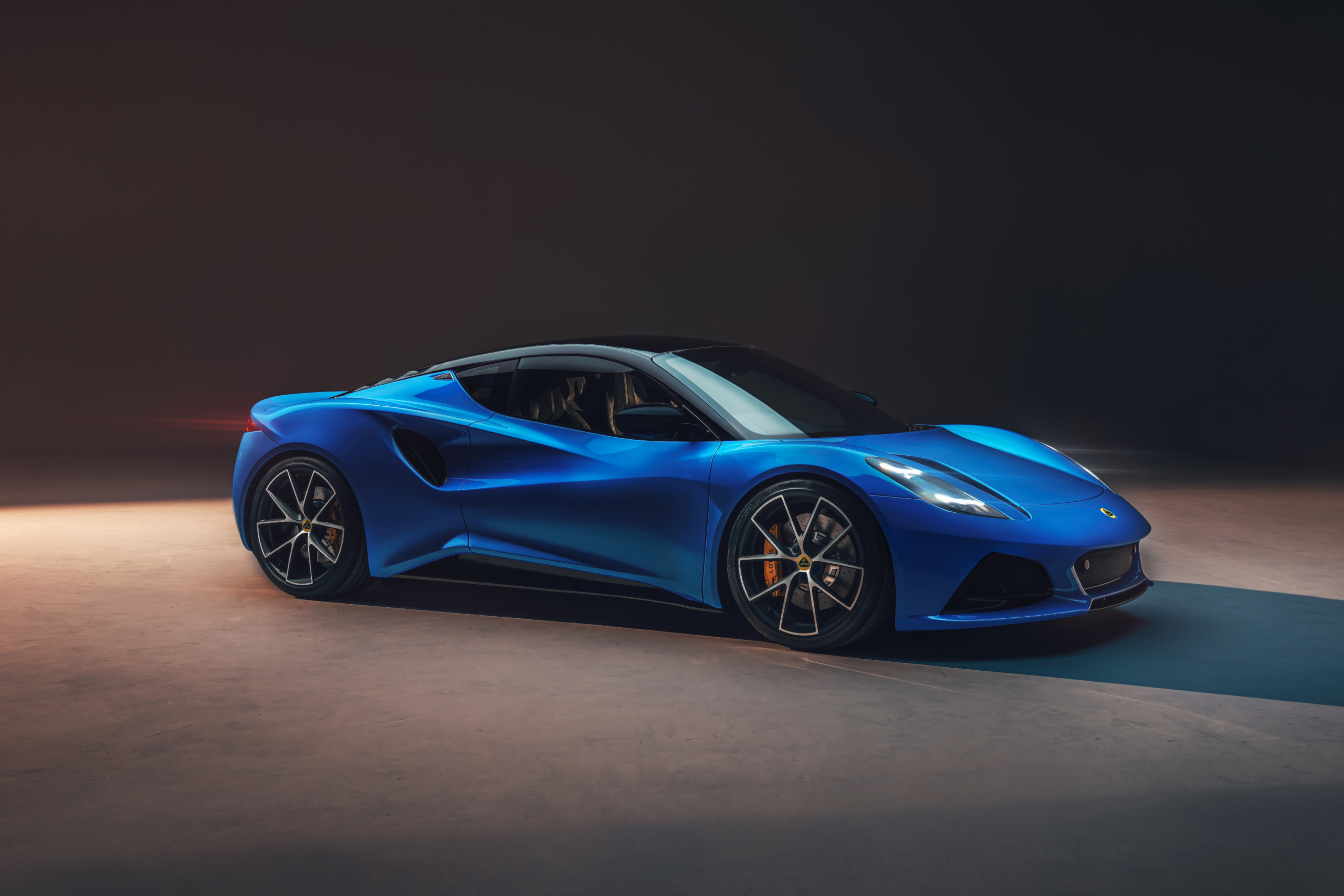
EMIRA
Supercar looks, everyday usability and enhanced comfort combined with class leading Lotus driving dynamics.
